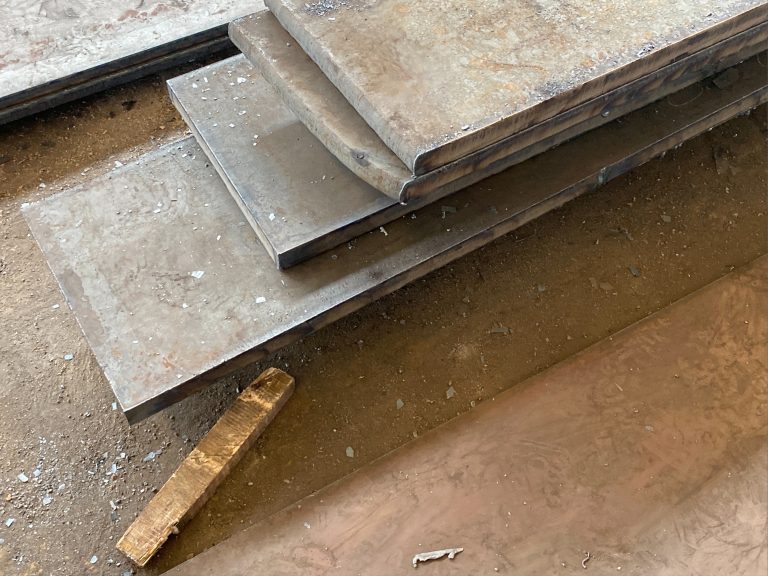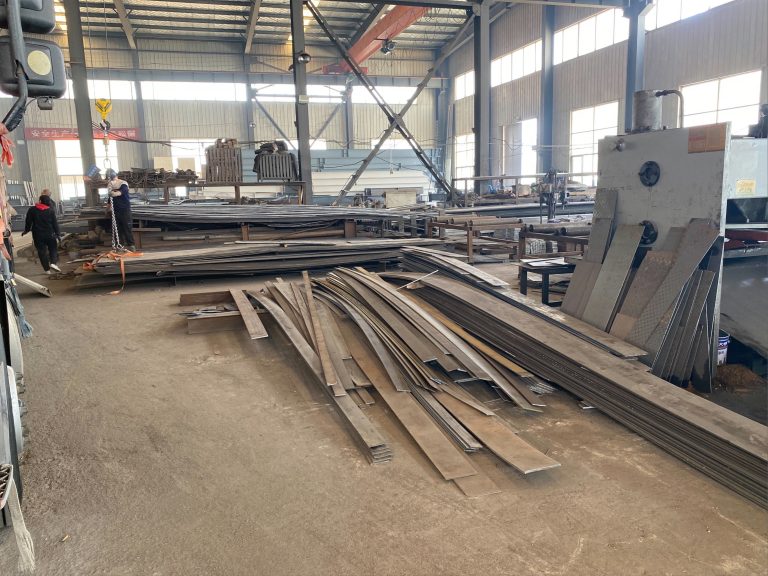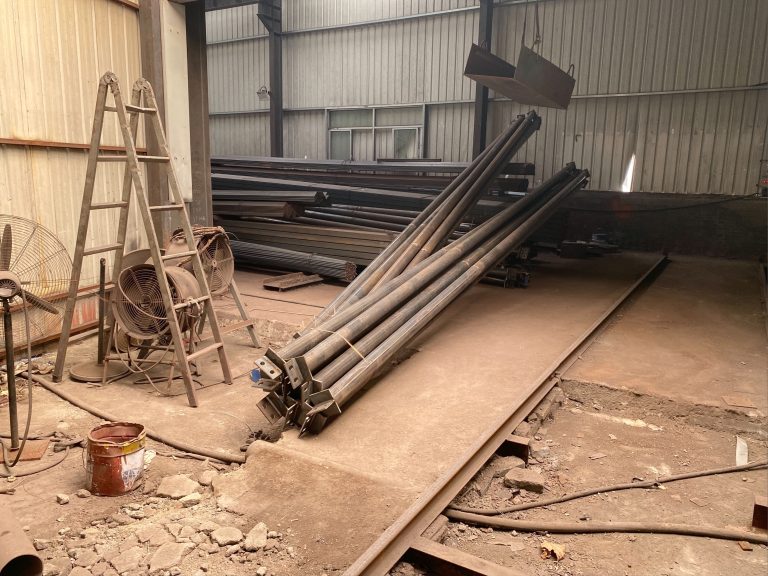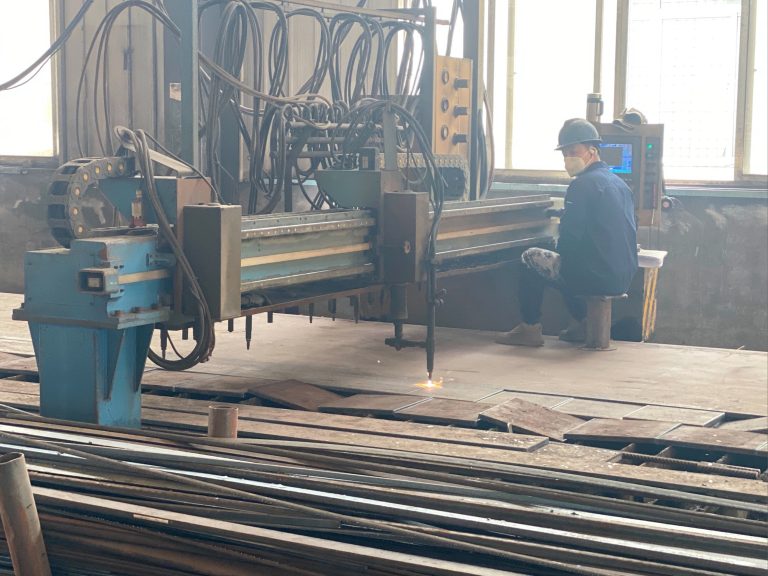Dynamic response analysis and control of steel structures
Table of Contents
Benefits of Dynamic Response Analysis in Steel Structures
Dynamic response analysis is a crucial aspect of designing and controlling steel structures. By analyzing the dynamic behavior of steel structures under various loading conditions, engineers can ensure the safety and stability of these structures. In this article, we will discuss the benefits of dynamic response analysis in steel structures and how it can help improve the performance and longevity of these structures.
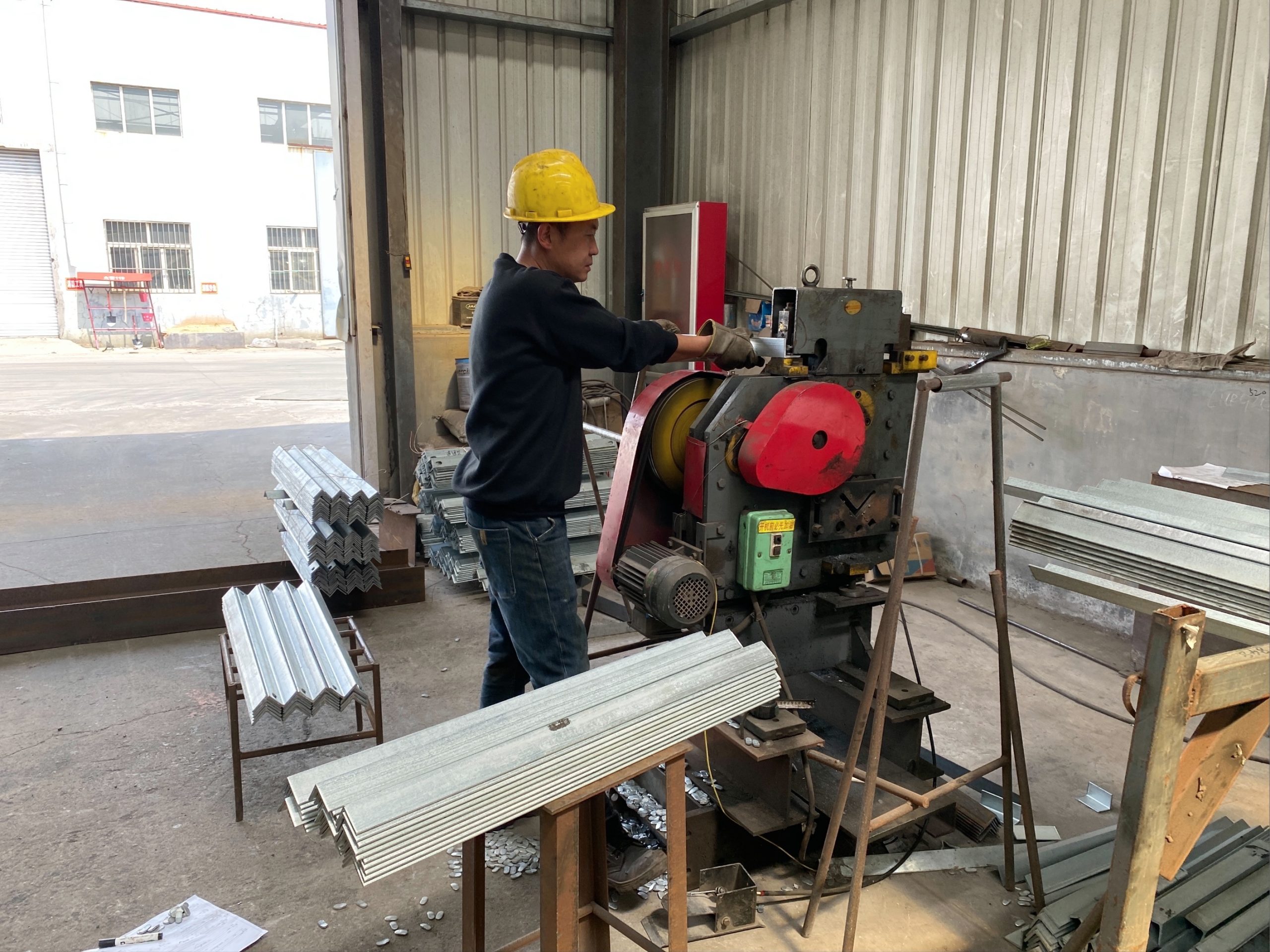
One of the key benefits of dynamic response analysis is the ability to predict the behavior of steel structures under dynamic loading conditions. Unlike static analysis, which only considers the structure’s response to static loads, dynamic analysis takes into account the effects of dynamic forces such as wind, earthquakes, and vibrations. By simulating these dynamic forces, engineers can identify potential weaknesses in the structure and make necessary design modifications to improve its performance.
Another benefit of dynamic response analysis is the ability to optimize the design of steel structures for dynamic loading conditions. By analyzing the dynamic response of the structure, engineers can determine the optimal size, shape, and material properties to minimize vibrations and ensure structural stability. This optimization process can help reduce construction costs and improve the overall performance of the structure.
Dynamic response analysis also plays a crucial role in controlling the response of steel structures during dynamic events. By implementing control systems such as dampers, isolators, and tuned mass dampers, engineers can mitigate the effects of dynamic forces and reduce the risk of structural failure. These control systems can help improve the safety and reliability of steel structures, especially in high-risk environments such as earthquake-prone areas.
Furthermore, dynamic response analysis can help engineers assess the performance of existing steel structures and identify potential retrofitting options. By analyzing the dynamic behavior of older structures, engineers can determine if they meet current safety standards and recommend necessary upgrades to improve their performance. This proactive approach can help prevent structural failures and ensure the longevity of steel structures.
In addition to improving the safety and performance of steel structures, dynamic response analysis can also help engineers optimize maintenance schedules and reduce downtime. By monitoring the dynamic behavior of structures over time, engineers can identify potential issues before they escalate into major problems. This predictive maintenance approach can help extend the lifespan of steel structures and reduce maintenance costs in the long run.
Overall, dynamic response analysis is a valuable tool for designing and controlling steel structures. By analyzing the dynamic behavior of structures under various loading conditions, engineers can optimize their design, improve their performance, and ensure their safety and longevity. With the advancements in technology and simulation tools, dynamic response analysis has become an essential part of the design process for steel structures. By incorporating dynamic analysis into their design process, engineers can create safer, more efficient, and more durable steel structures that can withstand dynamic forces and provide long-term performance.
Strategies for Effective Control of Dynamic Response in Steel Structures
Dynamic response analysis and control of steel structures is a critical aspect of ensuring the safety and stability of buildings and bridges. Steel structures are commonly used in construction due to their high strength-to-weight ratio, durability, and versatility. However, they are also susceptible to dynamic loads such as wind, earthquakes, and vibrations, which can lead to structural failure if not properly controlled.
One of the key strategies for effective control of dynamic response in steel structures is the use of advanced analytical techniques to predict and assess the structural behavior under dynamic loads. Dynamic response analysis involves studying the structural response to time-varying loads and identifying critical modes of vibration that can lead to excessive deformations or failure. By simulating the dynamic behavior of steel structures using computer models, engineers can evaluate the effectiveness of different control measures and optimize the design to enhance structural performance.
In addition to analytical techniques, the use of damping devices and vibration control systems is essential for mitigating the effects of dynamic loads on steel structures. Damping devices such as tuned mass dampers and viscous dampers are commonly used to dissipate energy and reduce vibrations in buildings and bridges. These devices are designed to absorb and dissipate the kinetic energy generated by dynamic loads, thereby reducing the amplitude of vibrations and minimizing the risk of structural damage.
Another effective strategy for controlling dynamic response in steel structures is the implementation of active control systems that can adjust the structural response in real-time. Active control systems use sensors to monitor the dynamic behavior of the structure and actuators to apply corrective forces to counteract the effects of dynamic loads. By continuously adjusting the stiffness and damping properties of the structure, active control systems can effectively reduce vibrations and enhance the structural stability under dynamic loading conditions.
Furthermore, the use of innovative materials and construction techniques can also play a significant role in controlling dynamic response in steel structures. Advanced materials such as high-performance steels and fiber-reinforced composites offer superior strength and stiffness properties, allowing for the design of lighter and more resilient structures that can better withstand dynamic loads. In addition, innovative construction techniques such as modular construction and prefabrication can help reduce the impact of dynamic loads on steel structures by improving construction quality and reducing on-site assembly time.
Overall, effective control of dynamic response in steel structures requires a comprehensive approach that combines advanced analytical techniques, damping devices, active control systems, innovative materials, and construction techniques. By integrating these strategies into the design and construction process, engineers can enhance the safety, durability, and performance of steel structures under dynamic loading conditions. As the demand for resilient and sustainable infrastructure continues to grow, the development and implementation of effective control measures for dynamic response in steel structures will be crucial in ensuring the safety and reliability of buildings and bridges for years to come.

